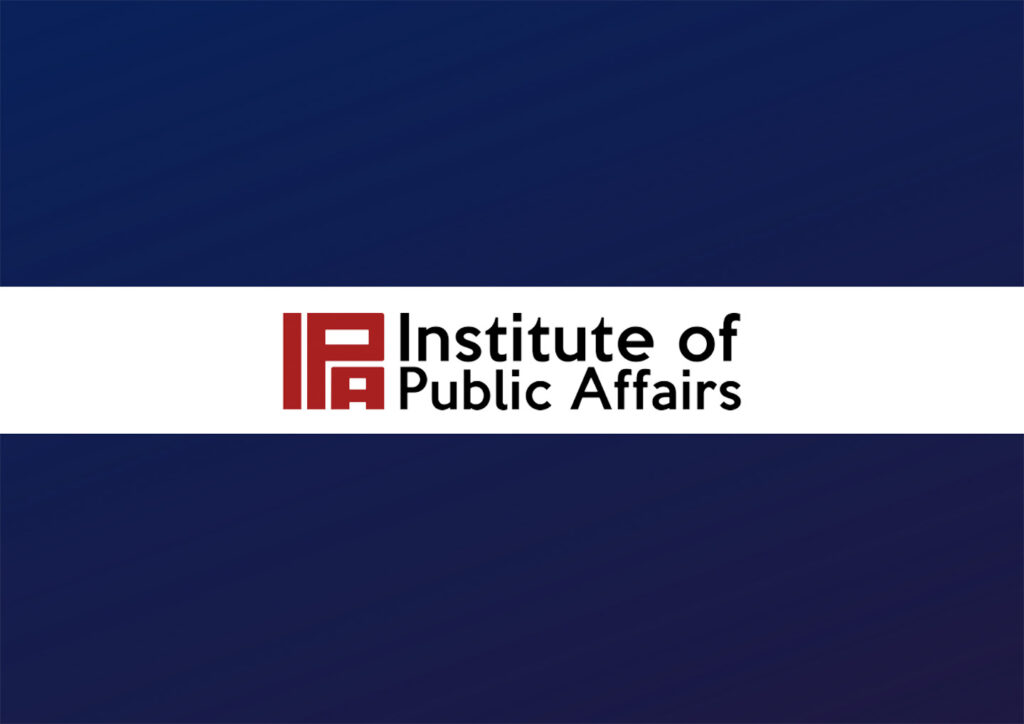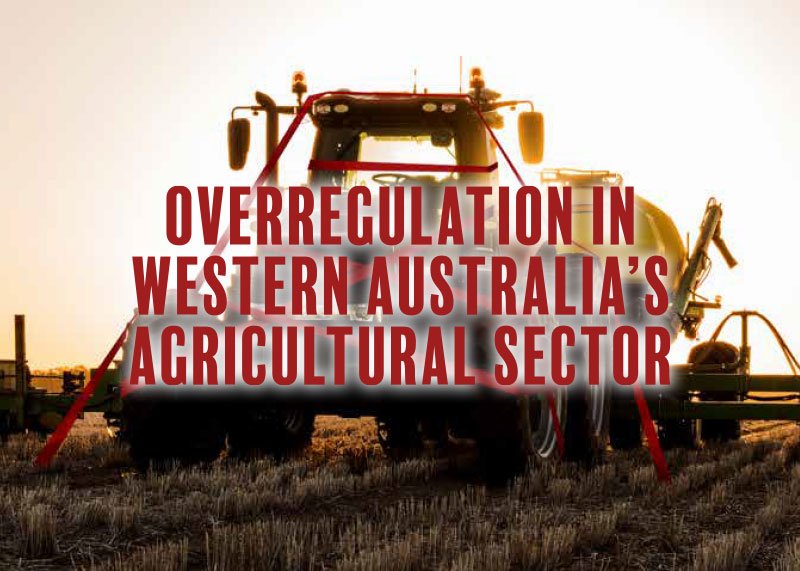
Article by Saxon Davidson and Lachlan Clark courtesy of the Institute of Public Affairs.

Farmers and agriculturalists have long been the backbone of Western Australia’s economy, history, and way of life. Some of Australia’s earliest and most significant pioneers, such as Sidney Kidman and the McDonald brothers, were key to the establishment of WA’s successful agricultural industries.
Farmers in Western Australia are not immune to the economic challenges facing the nation today. These challenges include inflation, labour shortages, red tape, and low private investment. And these challenges are felt more acutely when industries are overregulated. Recent analysis by the Institute of Public Affairs (IPA) has found that red tape is at a record high across the nation, and that state environmental red tape (or green tape) has grown at approximately six times the rate of growth of Western Australia’s agriculture sector since 2000.
This growth in environmental red tape has seen farmers in Western Australia become the most regulated state regarding four of Australia’s most important agricultural commodities – wheat, barley, oilseed, and livestock.
Western Australia plays an important but under-appreciated role in ensuring that Australians, and people around the world, are well fed. WA is the leading producer in Australia of the nation’s three most valuable crops, being wheat, oilseed, and barley. The state is also a critical producer of livestock, which is the nation’s most valuable agricultural commodity.
The Australian Business Licence and Information System (ABLIS) is an online government tool which informs businesses of the regulatory categories they are required to comply with in order to operate. Regulatory category is an umbrella term, under which sit hundreds of further individual regulatory mandates and requirements.
These categories are determined by the entity business type, location, and structure. Using ABLIS, this paper has calculated the total number of federal and state regulatory categories that wheat and barley, canola and livestock farmers are required to comply with, on a state by state basis. In these three sectors, farmers in Western Australia are the most regulated in the country.
For the purpose of this paper, the number of categories represents the maximum number of regulatory categories a farming company in each state would have to comply with.
- Western Australia’s agricultural sector is the most heavily regulated in the nation, across the most critical industries of wheat and barley, canola, and livestock.
- Wheat and barley growers face 123 regulatory categories.
- Canola growers face 119 regulatory categories.
- Livestock farmers face 146 regulatory categories.
- Farmers in Western Australia face regulatory obligations imposed by up to 33 separate federal or state government agencies or departments, up to 19 of which are federal, and 14 of which are state.
- Farmers in Western Australia face far higher levels of regulation compared with their main competitor state NSW, and the nation-wide average.
- WA wheat and barley growers face 16 per cent more regulation than NSW growers, and 12 per cent more than the national average.
- WA canola growers face 17 per cent more regulation that NSW growers, and 13 per cent more than the national average.
- WA livestock producers face 24 per cent more regulation that NSW growers, and 15 per cent more than the national average.
